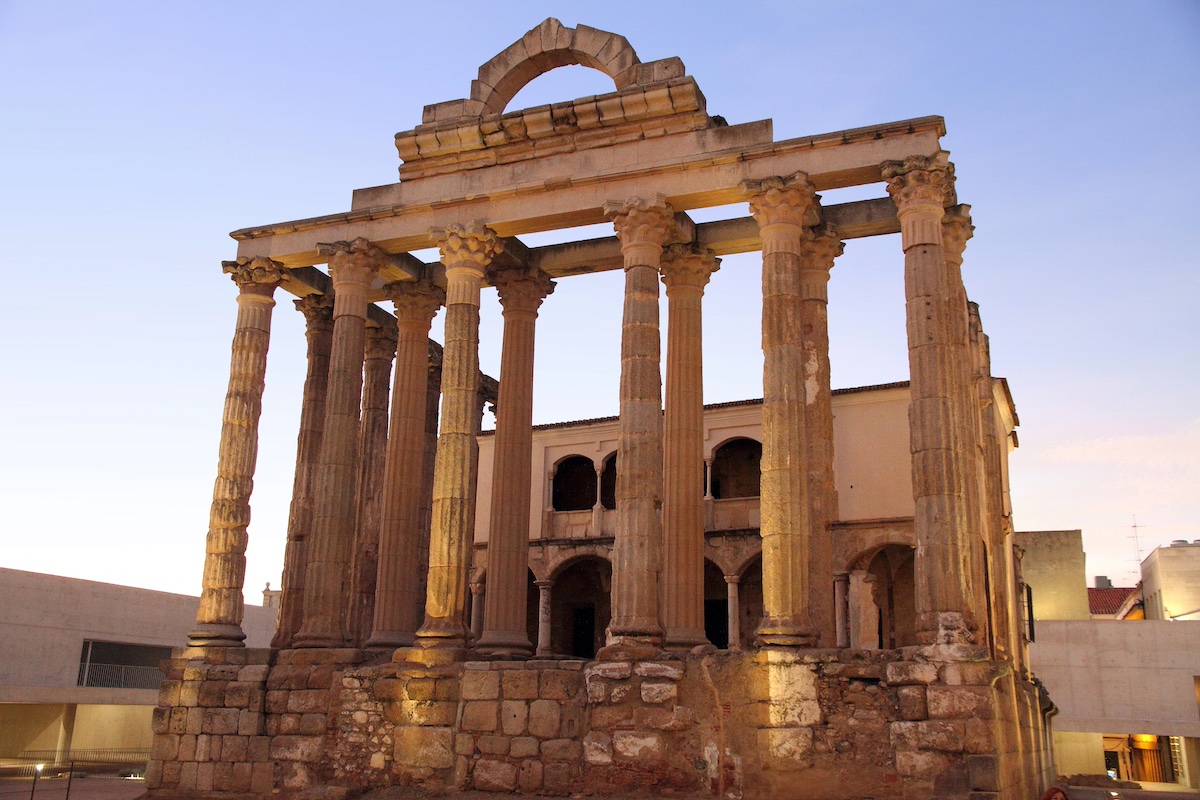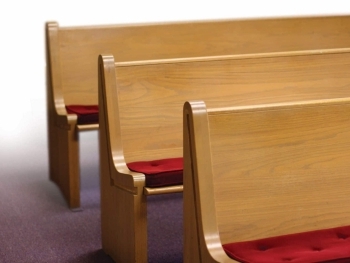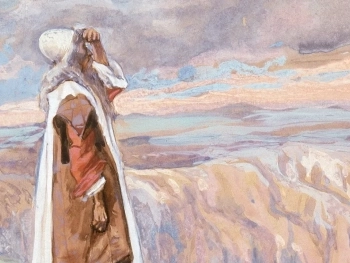Diana's Temple, also known as the Temple of Artemis, stands as one of the most iconic structures in ancient history, revered for its grandeur and significance. This article delves into the historical timeline of Diana's Temple, unraveling its origins, architectural evolution, and the cultural and religious impact it had on the ancient world.
1. Origins in Ephesus:
The origins of Diana's Temple can be traced to the ancient city of Ephesus, situated in present-day Turkey. The city was a thriving center of commerce, culture, and religion. The construction of the temple is traditionally attributed to King Croesus of Lydia, and it is said to have been completed around 550 BCE.
2. Architectural Marvel of the Ancient World:
Diana's Temple was renowned as one of the Seven Wonders of the Ancient World, a list compiled by ancient scholars to showcase extraordinary achievements in architecture and engineering. The temple was dedicated to Artemis, the Greek goddess of the hunt, wilderness, and fertility, identified with the Roman goddess Diana.
3. Dimensions and Design:
The temple's dimensions were impressive, featuring a vast structure adorned with 127 columns, each over 18 meters in height. The temple was characterized by its innovative use of sculpted reliefs, intricate friezes, and striking architectural elements. The central deity, Artemis, was depicted within the sacred space.
4. Religious Significance:
Diana's Temple held immense religious significance in the ancient world. Pilgrims from various regions would journey to Ephesus to worship Artemis, contributing to the city's prosperity through offerings and commerce. The temple served as a focal point for religious rituals, ceremonies, and festivals dedicated to the goddess.
5. Destructions and Reconstructions:
The fate of Diana's Temple was marked by a series of destructions and reconstructions. The first recorded destruction occurred in 356 BCE when a man named Herostratus set fire to the temple to gain notoriety. The second, more significant destruction took place in 262 CE during the invasion of the Goths. Despite these setbacks, the temple underwent several reconstructions, showcasing the resilience of its cultural and religious significance.
6. The End of an Era:
As the Roman Empire embraced Christianity, the worship of pagan deities declined, and the grandeur of Diana's Temple diminished. The temple was eventually abandoned and fell into ruin. The final blow came in the 5th century CE when the Temple of Artemis was dismantled and its materials repurposed for other construction projects.
7. Archaeological Discoveries:
In the 19th century, archaeological expeditions led to the rediscovery of Ephesus and the remnants of Diana's Temple. Excavations brought to light the intricate details of the temple's architecture and the cultural significance it held. Today, the site is recognized as an important archaeological treasure, drawing visitors from around the world.
8. Legacy and Influence:
While Diana's Temple may no longer physically stand, its legacy endures through ancient writings, artistic representations, and its impact on the cultural and religious landscape of the ancient world. The temple's influence can be seen in subsequent architectural endeavors and the enduring fascination with the Seven Wonders of the Ancient World.
The historical timeline of Diana's Temple unfolds as a captivating narrative of architectural brilliance, religious devotion, and cultural evolution. From its origins in the ancient city of Ephesus to its recognition as one of the Seven Wonders of the Ancient World, the temple's story is intertwined with the rise and fall of empires, religious transformations, and the enduring quest for human expression through monumental structures. The remnants of Diana's Temple, though scattered, invite contemplation on the enduring impact of ancient wonders and the rich tapestry of human history.




